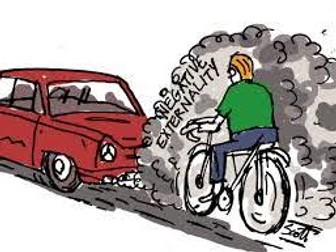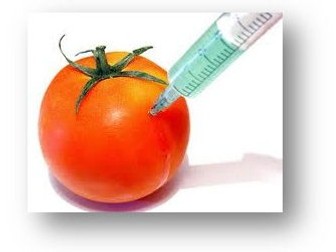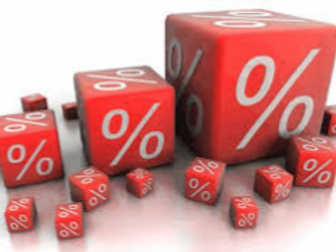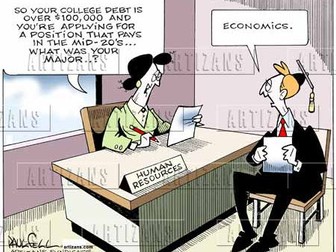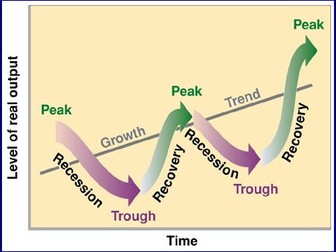Externalities and Market Failure
<p>223 Slides on Externalities and Market Failure:</p>
<ul>
<li>Market Mechanism</li>
<li>Free Market</li>
<li>Why markets fail</li>
<li>Meaning of Market Failure</li>
<li>Externalities – Defining Externality</li>
<li>Private and Social Costs</li>
<li>Private and Social Benefits</li>
<li>The Problem Created by Externalities</li>
<li>Cost-Benefit Analysis (CBA)</li>
<li>Spillover Effect</li>
<li>Merit Goods, Demerit Goods, and Information Failure</li>
<li>Value-Free Economics</li>
<li>Moral Hazard</li>
<li>Adverse Selection</li>
<li>Public Goods</li>
<li>Quasi-Public Goods</li>
<li>Private Goods</li>
<li>Excludable vs. Non-excludable Goods</li>
<li>Rival vs. Non-rival Goods</li>
<li>Government Intervention</li>
<li>Regulation</li>
<li>Price Controls and Price stabilization</li>
</ul>
